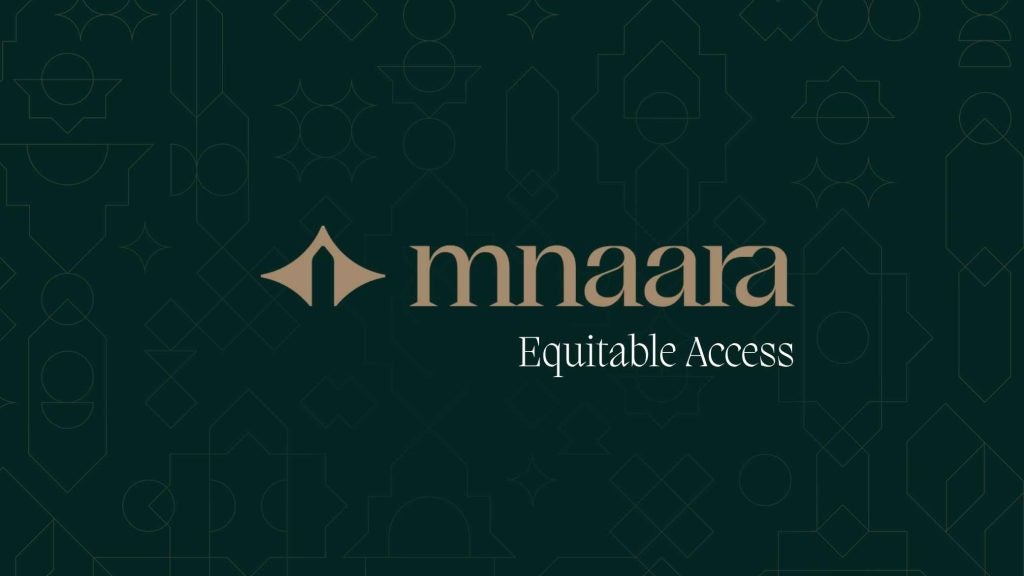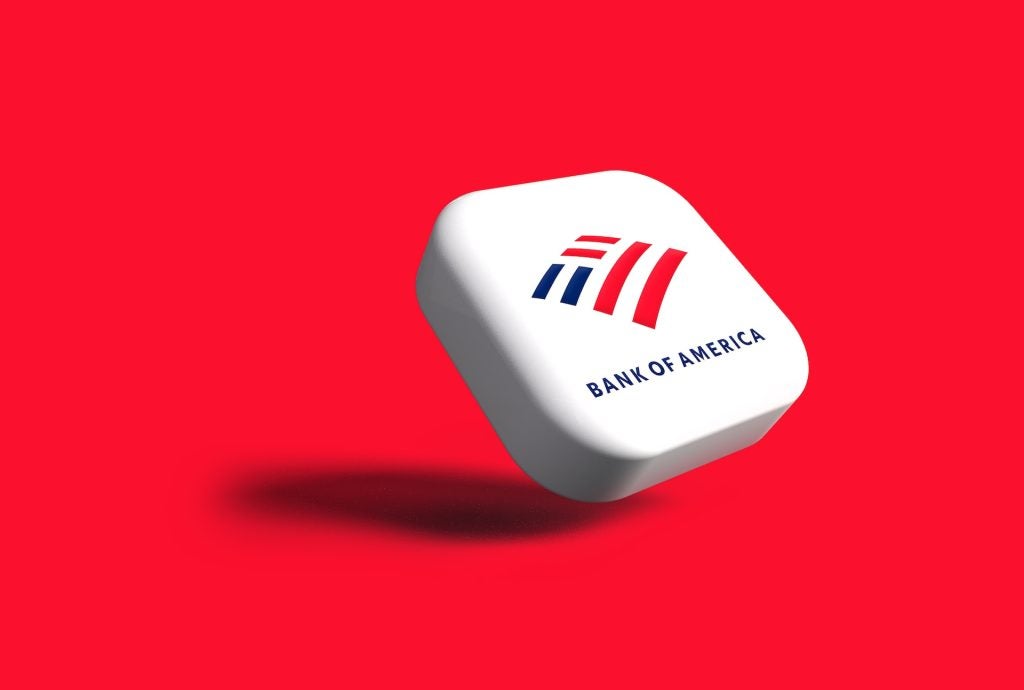Money market fund (MMF) managers will be under pressure to proactively manage exposures to financial institutions if changes to bank support assumptions lead to downgrades of banks that are active issuers to MMFs, according to a report by Fitch Ratings.
Under Fitch’s criteria, rated MMFs would not necessarily be forced sellers of any bank exposures downgraded below ‘F1′, provided the risks to shareholders were judged to be low and a credible, near-term remediation plan was in place. However, managers’ contingency plans for proactively managing their exposures and exiting positions would be critical.
Finding suitable high-quality replacements would also pose a challenge, Fitch says.
Money market supply is already constrained, as banks scale back short-term borrowings due to regulatory pressures. Investment acumen and credit selection will be an important differentiator as managers seek to replace any downgraded banks by diversifying into new markets and new issuers.
On average, around 77% of the assets under management for Fitch-rated MMFs (US$1.03 trillion) represent exposures to financial institutions, primarily banks. Per Fitch’s ‘AAAmmf’ rating criteria, these exposures are expected to be rated ‘F1’ or higher.
Given rated MMFs’ sizable exposures to banks, Fitch examined exposures to entities whose Support Rating Floors underpin their ‘F1′ short-term rating. Overall, the magnitude and duration of the exposures appear to be manageable – on average at 13.9% of funds’ assets and with an average maturity of 31 days.
How well do you really know your competitors?
Access the most comprehensive Company Profiles on the market, powered by GlobalData. Save hours of research. Gain competitive edge.

Thank you!
Your download email will arrive shortly
Not ready to buy yet? Download a free sample
We are confident about the unique quality of our Company Profiles. However, we want you to make the most beneficial decision for your business, so we offer a free sample that you can download by submitting the below form
By GlobalDataFor certain funds, though, the exposures to some ‘at risk’ institutions are relatively high and/or long-dated – as high as 31% of a fund’s assets and certain individual exposures as long as 360 days.
A key factor underpinning bank ratings is the level of extraordinary, typically sovereign, support that may be forthcoming in times of stress. The influence of support as a ratings factor is evolving due to regulatory and political shifts.
In September, Fitch bank analysts identified three likely paths for bank ratings, arising from the changing political, regulatory, and economic climate. Absent offsetting fundamental improvements or other idiosyncratic factors, bank IDRs most at risk of downgrades are those anchored at the level of their Support Rating Floor, in jurisdictions where support is seen as weakening.







